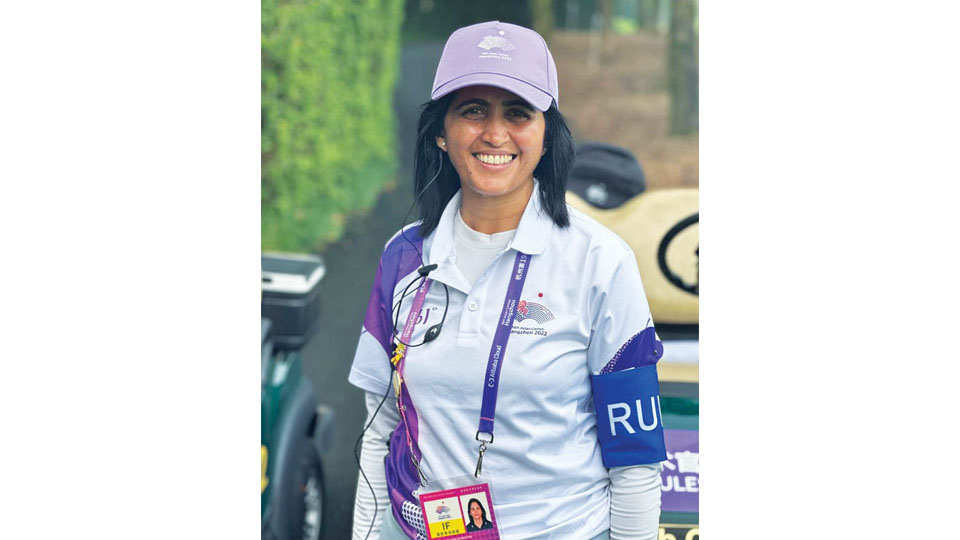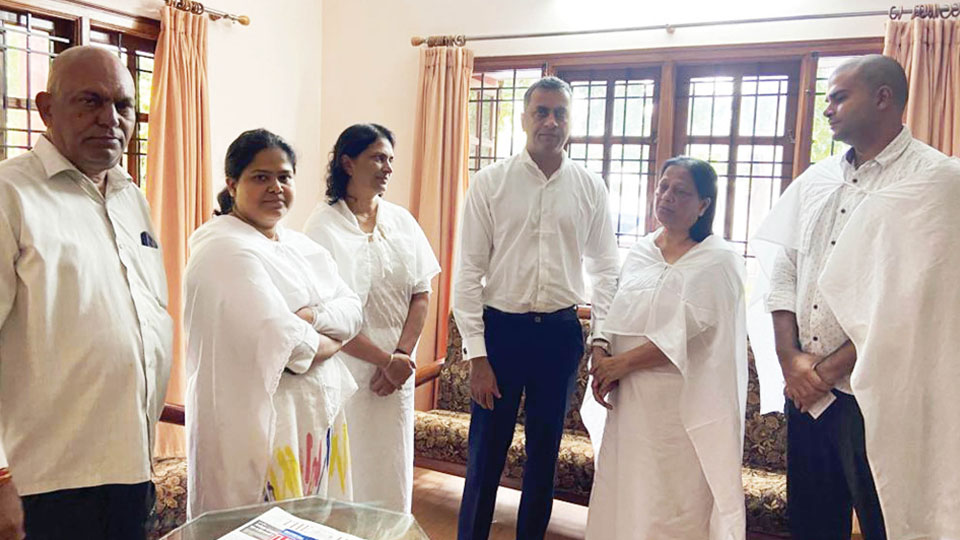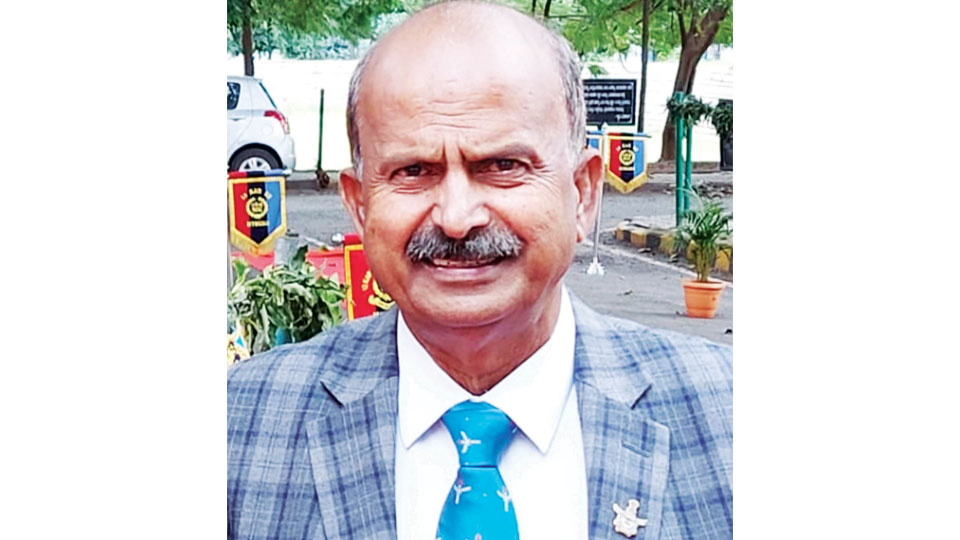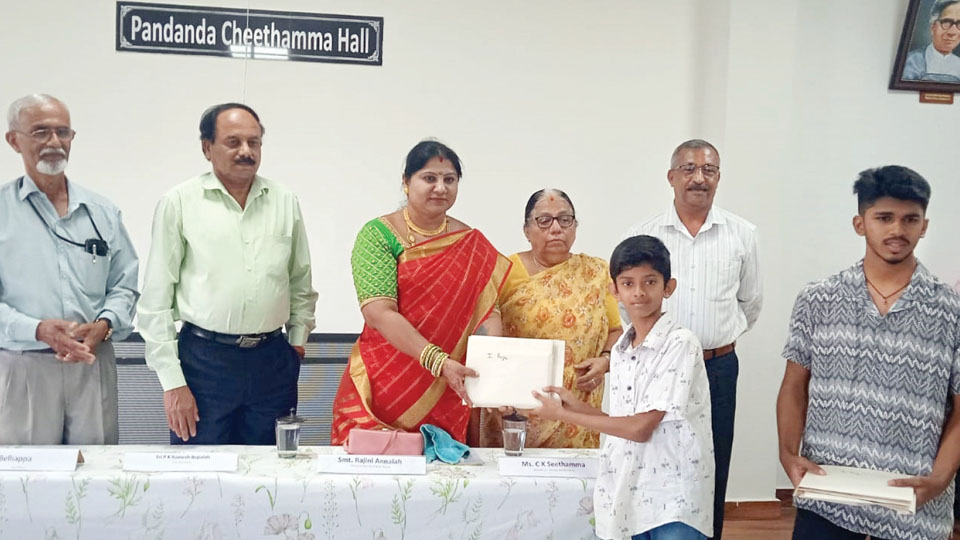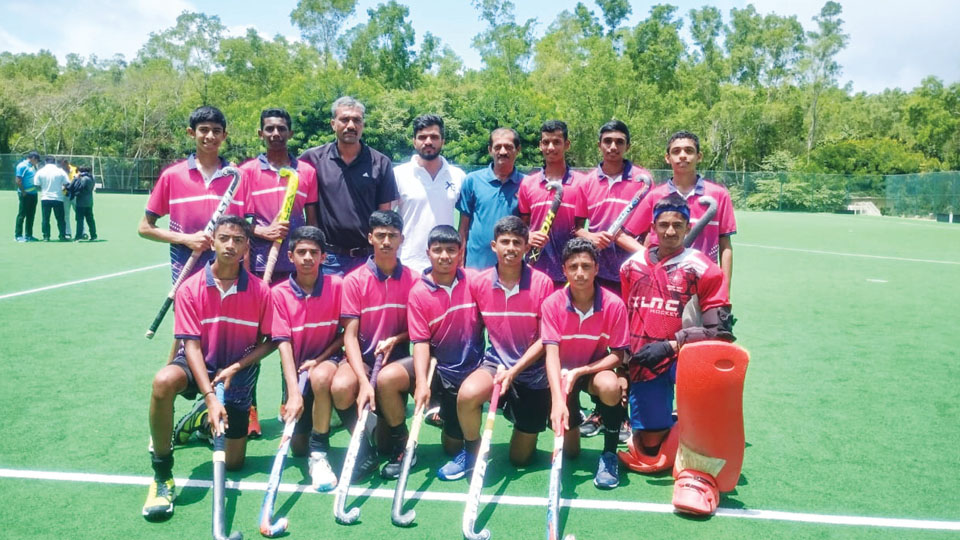In our concluding photo essay from the World Coffee Conference and Exhibition, we feature more trends and insights for startups.
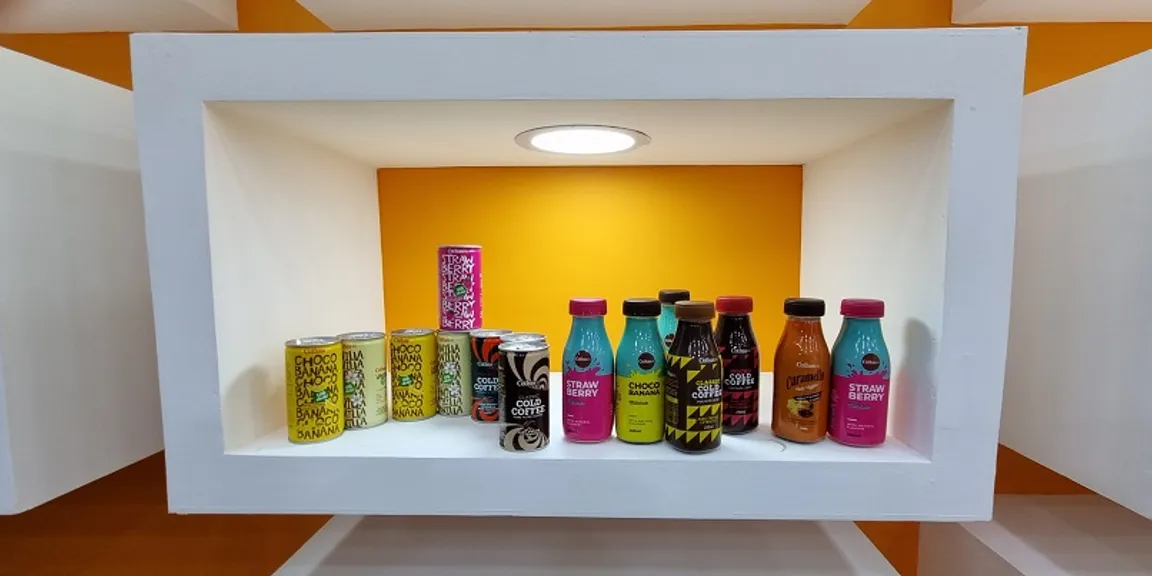
Launched in 2014, PhotoSparks is a weekly feature from YourStory, with photographs that celebrate the spirit of creativity and innovation. In the earlier 720 posts, we featured an art festival, cartoon gallery. world music festival, telecom expo, millets fair, climate change expo, wildlife conference, startup festival, Diwali rangoli, and jazz festival.
The coffee ecosystem is opening up a wide range of entrepreneurship opportunities for coffee growers, roasters, curers, blenders, packagers, and cafes. The World Coffee Conference and Exhibition (WCC), held recently in Bengaluru, showcased a broad spectrum of players in equipment manufacturing, home brewing, and associated products like alternative milk.
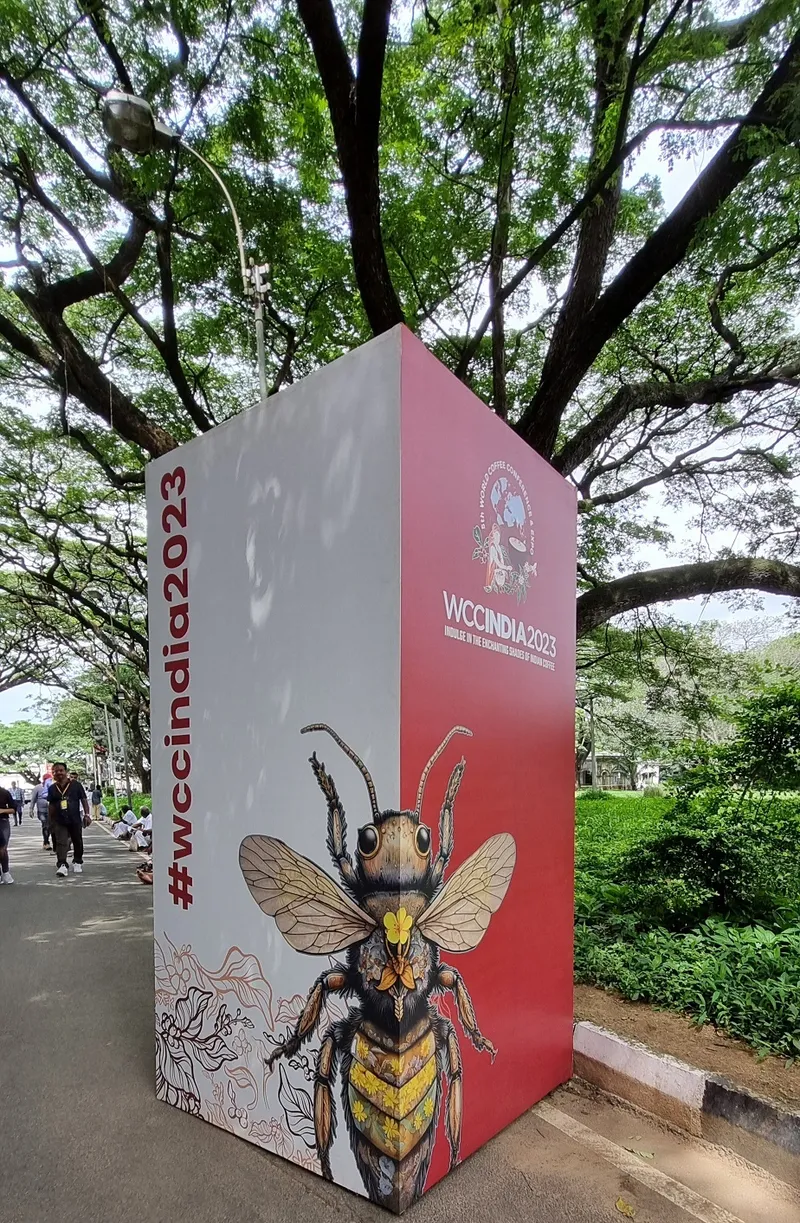
“Demand for coffee has overtaken production in India. GenZ and millennials in particular are driving the coffee culture in India,” said Kailash Natani, MD, Sucafina. Indian youth are also driving trends such as the use of plant-based milk in coffees. “More than 50% of our global customer base are GenZ and millennials. 70% of the beverage that we sell is cold coffee,” observed Kelly Goodejohn, Vice President, Global Coffee Sustainability and Education, Starbucks.
WCC 2023 was inaugurated by a galaxy of national and international leaders such as Joe Kuli, Minister for Coffee from Papua New Guinea; Vanusia Nogueira, Executive Director, International Coffee Organisation; and KG Jagadeesha, Secretary, Coffee Board of India.

Tennis champion Rohan Bopanna was designated as Brand Ambassador of WCC 2023. The event also featured traditional folk dances from coffee growing states of Odisha, Karnataka, Tamil Nadu, Kerala, Andhra Pradesh, and the North-East.
In Part I and Part II of our coverage of WCC 2023, we showcased the diversity and range of exhibits. See also our earlier photo essays on Coffee Santhe 2015, Mango Mela 2018, and Mango Diversity Fair 2019.
Climate and soil diversity around the world lead to a rich tapestry of artisanal coffee flavours. “They can range from fruity and floral to nutty and chocolatey, catering to different cultures,” observed Yannis Apostolopoulos, CEO of US-based Specialty Coffee Association (SCA).
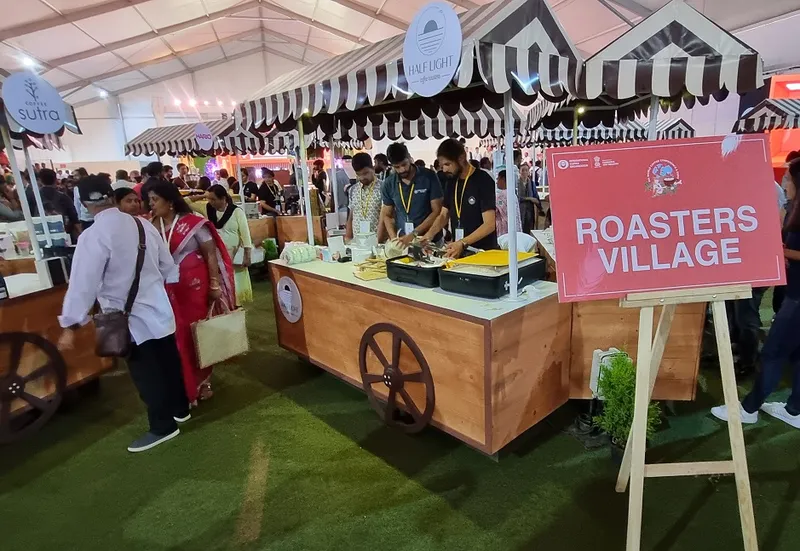
“Specialty coffee fosters a sense of community. We are trying to build a market in India for specialty coffees and have made good headway. The future of India as a coffee leader looks very promising,” added DM Purnesh, President, Specialty Coffee Association of India.
Sustainability in the coffee chain was one of the key conference themes this year. “The success of the future of the coffee industry is based on the partnerships we forge with the farming community. A wholistic approach is key to reducing our environmental footprint,” said Michelle Burns, Executive Vice President- Global Coffee, Social Impact and Sustainability, Starbucks.
Harald Friedl, CEO, Green Leadership, urged the industry to explore the use of coffee in alternate products, not just as a beverage. Salvador Urrutia Loucel, Latin American Director, World Coffee Research, called for more R&D in breeding climate-resilient variants of the coffee bean.

“The sector needs to look at alternative coffee species beyond Arabica and Robusta – the two dominant varieties today,” added Dr. Aaron Davis, Kew Gardens (UK).
“India’s growing reputation in the coffee industry, known for its sustainable and high-quality production, is gaining global recognition,” observed Dr. K.G. Jagadeesha, Secretary, Coffee Board of India.
India reportedly has six Geographical Indication (GI) tagged coffees. Many ‘coffeepreneurs’ and ‘cafepreneurs’ are finding opportunity along the entire coffee value chain, and new coffee shops have also transformed into creative hubs.
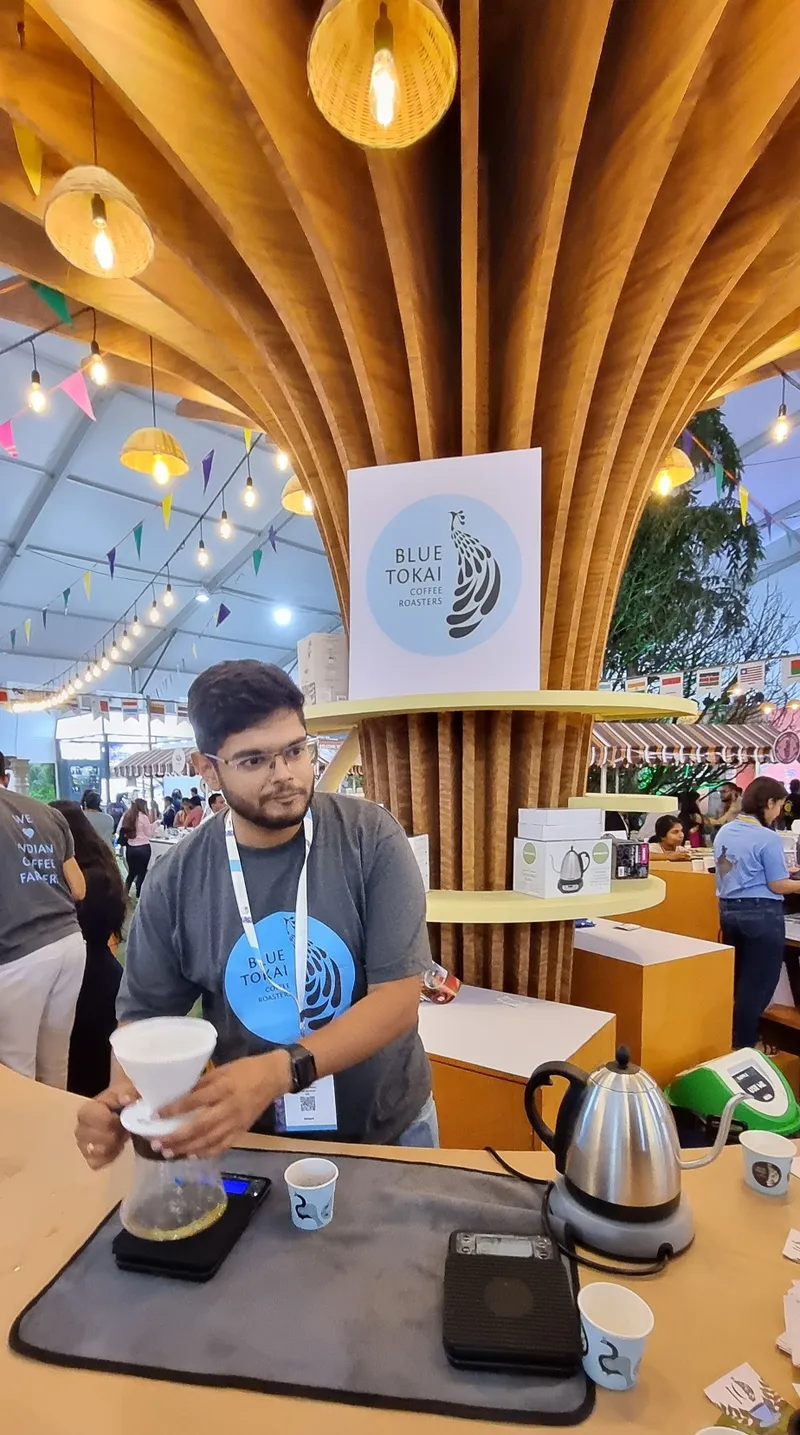
One of the highlights of WCC 2023 was the coffee competitions. Awards were bestowed upon the National Barista Champion (Hrishikesh Mohite), Women’s Star Brewer Skills Champion (Priti Pradhan), Latte Art Champion (Mohammad Afsar), and Indian Filter Coffee Champion (Vani Shree N from Brown Bean Artistry). Other awards were given for best natural and washed coffee beans in Robusta and Arabica categories.
“This competition not only celebrated the art of coffee making but also highlighted the dedication and talent of baristas,” explains Anisha Kumari, Assistant Manager, Beverage Innovation, at leading coffee chain Cafe Coffee Day (CCD).
She was earlier part of the quality team at Hatti Kaapi. An expert in beverage development, portfolio management, and product quality, Kumari studied at BITS Mesra and Coffee Board of India, specialising in food technology and processing.
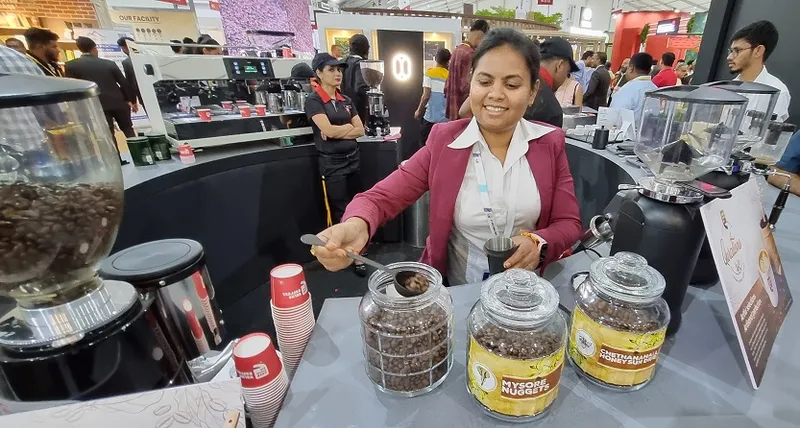
She particularly appreciated the session on the quality profile of Indian specialty and fine coffees. “This was a significant highlight as it emphasised India’s growing presence in the global coffee market and the exceptional quality of its coffee offerings,” she tells YourStory.
During the conference, Kumari worked at the CCD bar, crafting and serving coffees to delegates and visitors. “The response was overwhelming, as CCD has become an emotional connection for many. CCD has significantly contributed to introducing café culture in India,” she affirms.
The international event gave her a chance to hold discussions and knowledge-sharing sessions with both Indian and foreign stakeholders over a cup of coffee. “The WCC events serve as a pivotal platform for coffee entrepreneurs, offering invaluable opportunities for networking and collaboration with global coffee professionals,” Kumari says.
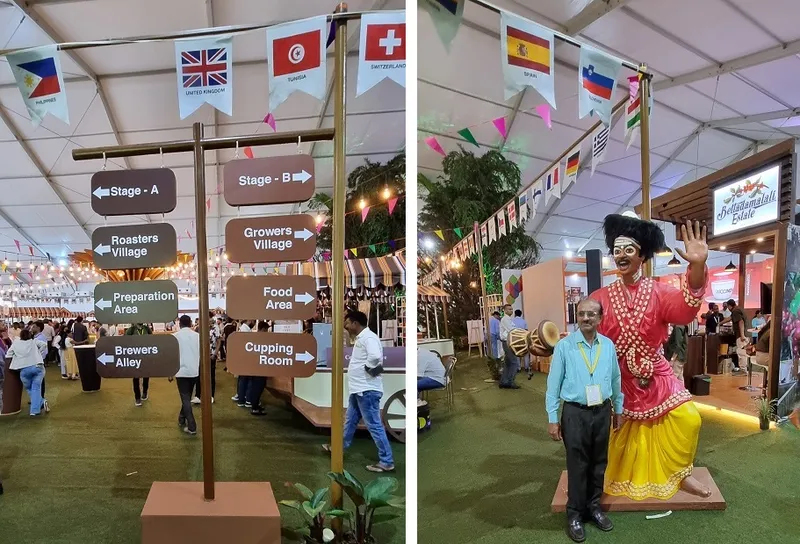
There is a wealth of market insights and trends, particularly within the specialty coffee sector. “Furthermore, the conference provides a conducive environment for staying informed about industry innovations,” she adds.
“Notably, prominent brands presented a range of B2B services, spanning coffee trade and comprehensive machinery solutions encompassing packaging and connectivity,” Kumari says. Networking was facilitated between small and large coffee growers, factory mills, roasters, and distributors of café machinery.
Such forums promote collaboration and foster growth within the coffee industry. Kumari looks forward to more such events such as the Blend Bazaar and World Coffee and Tea Expo.
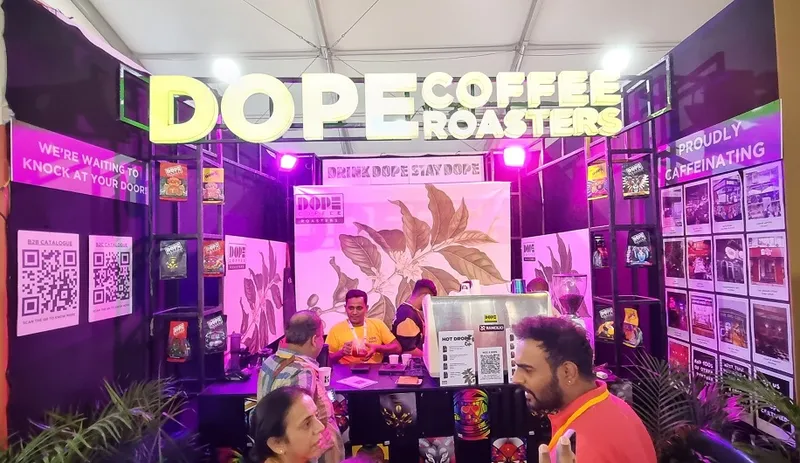
“I plan to conduct coffee workshops and training sessions across India, aiming to share knowledge and expertise with aspiring baristas, coffee enthusiasts, and professionals, thereby contributing to the growth and development of the coffee community,” she enthuses.
She also offers tips for aspiring coffee entrepreneurs. “Keep exploring and trying various coffees from different cafes and experiment with innovative coffee beverages from various brands,” she says.
“By doing so, you not only support the industry but also expand your own palate and appreciation for coffee,” she suggests.
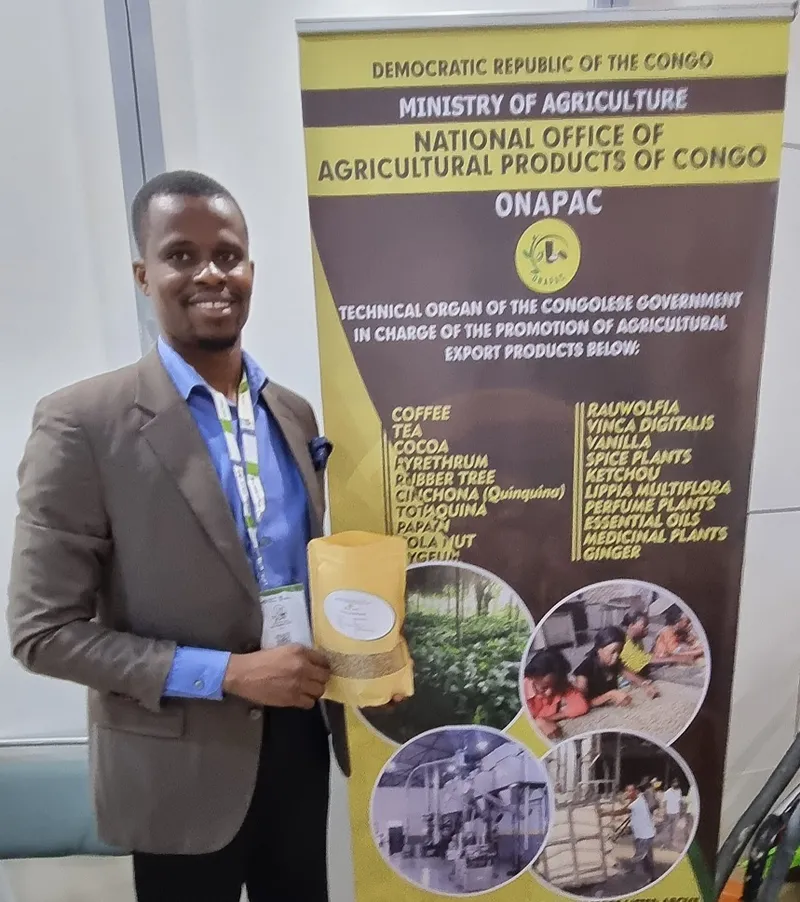
Continuous learning is needed to keep up with new farm-level processing techniques, roasting methods, and brewing approaches. “This knowledge will not only deepen your understanding of coffee but also enhance your enjoyment of this beloved beverage,” she adds.
“So, savour the journey of coffee exploration and continue to appreciate the hard work that goes into every cup,” Kumari signs off.
Now what have you done today to pause in your busy schedule and showcase the breadth of your creative side?
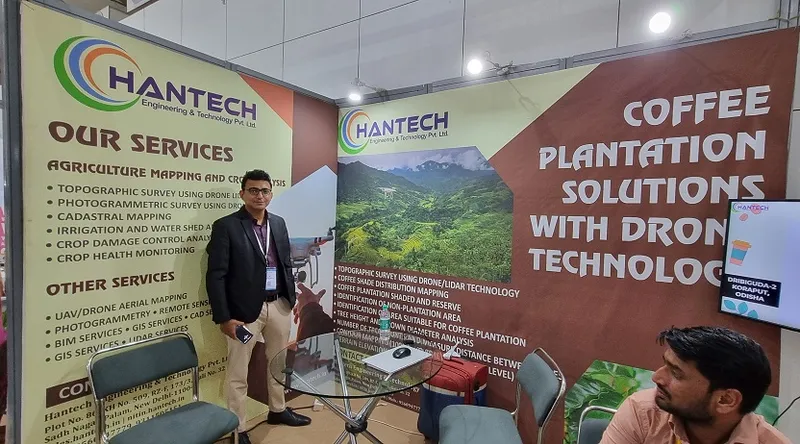
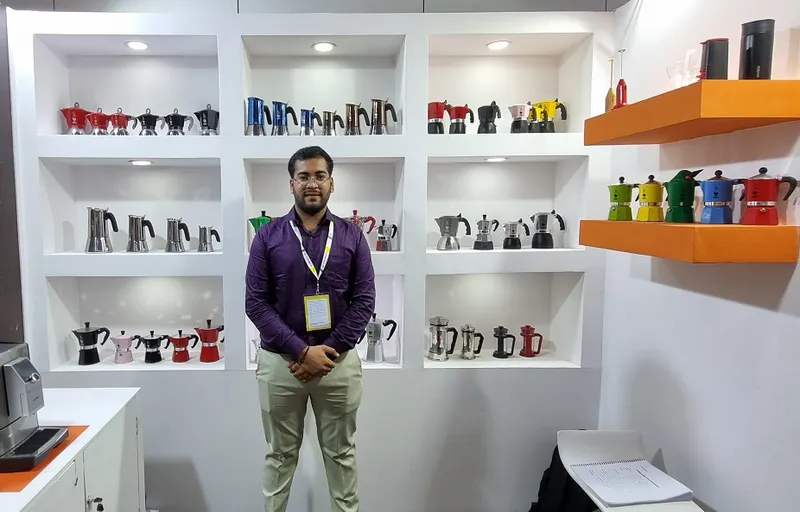
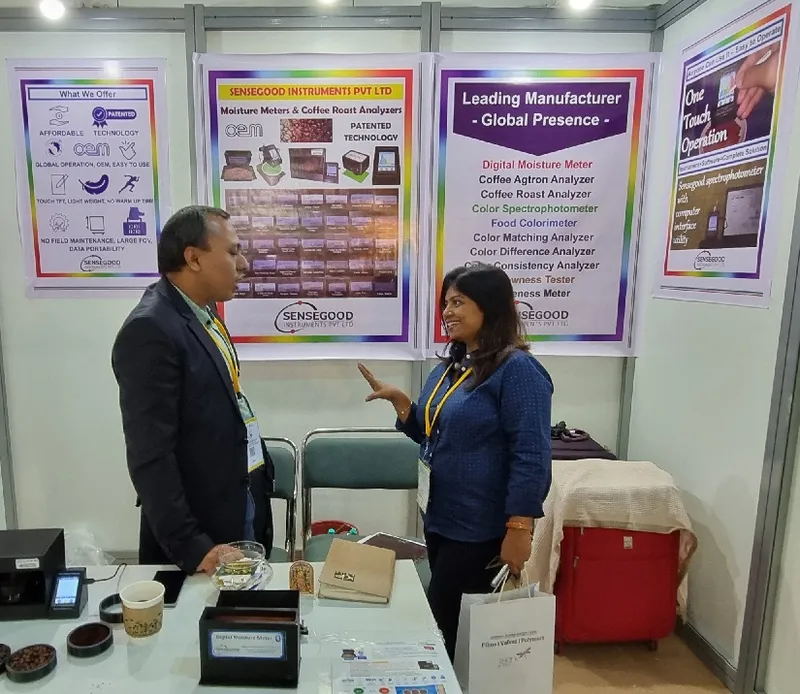
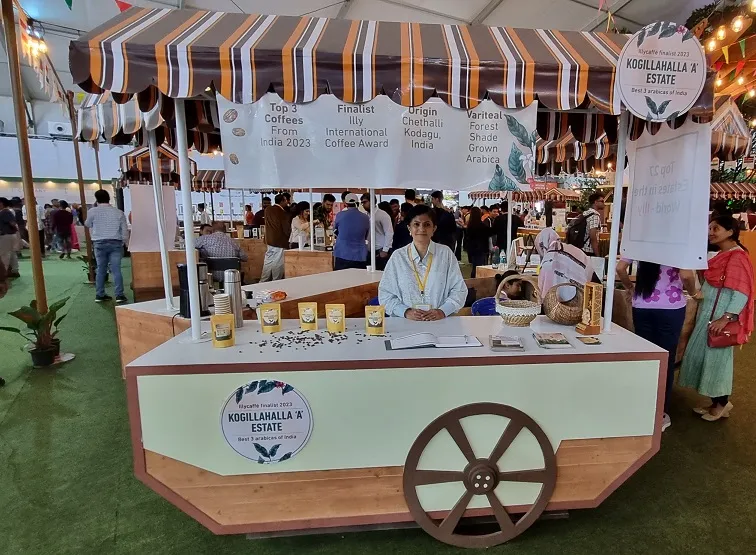
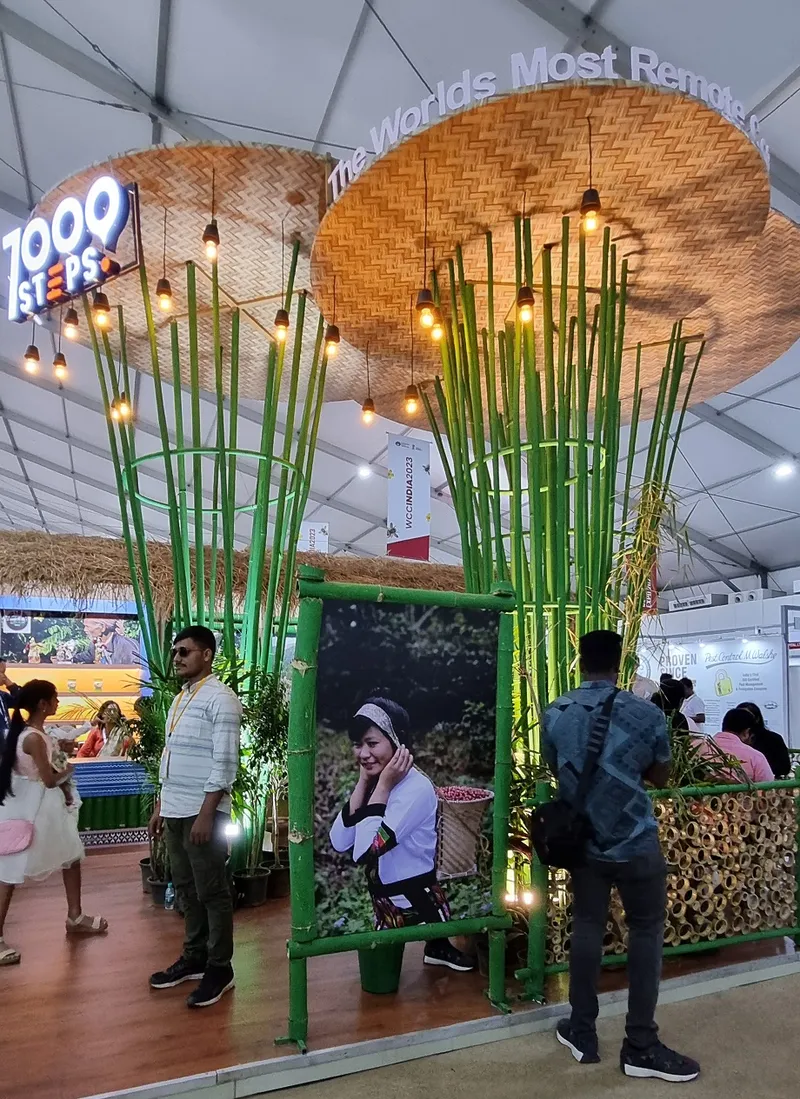
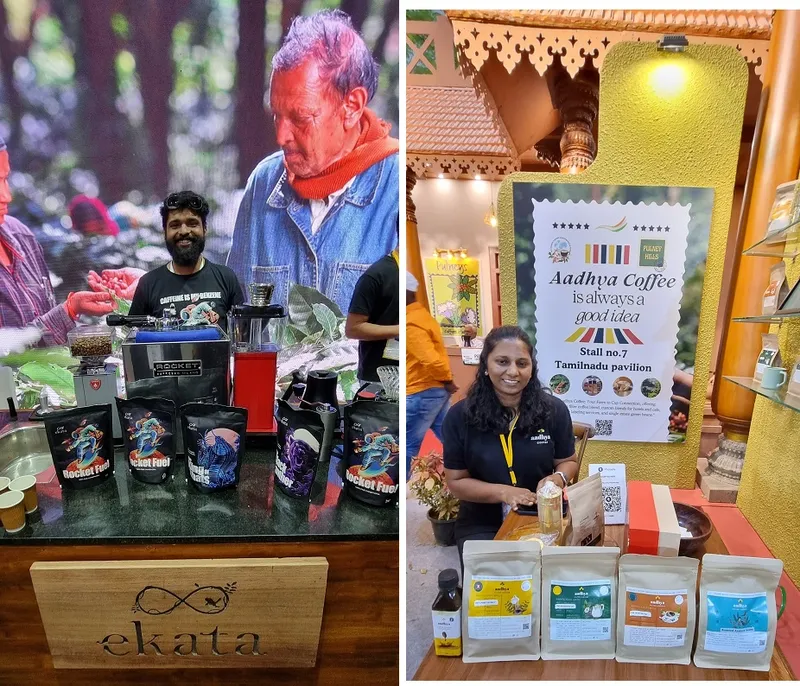

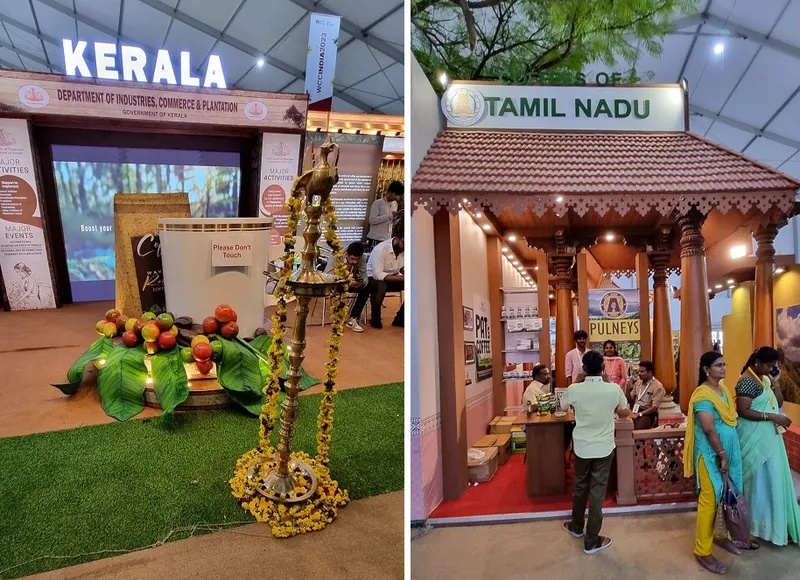
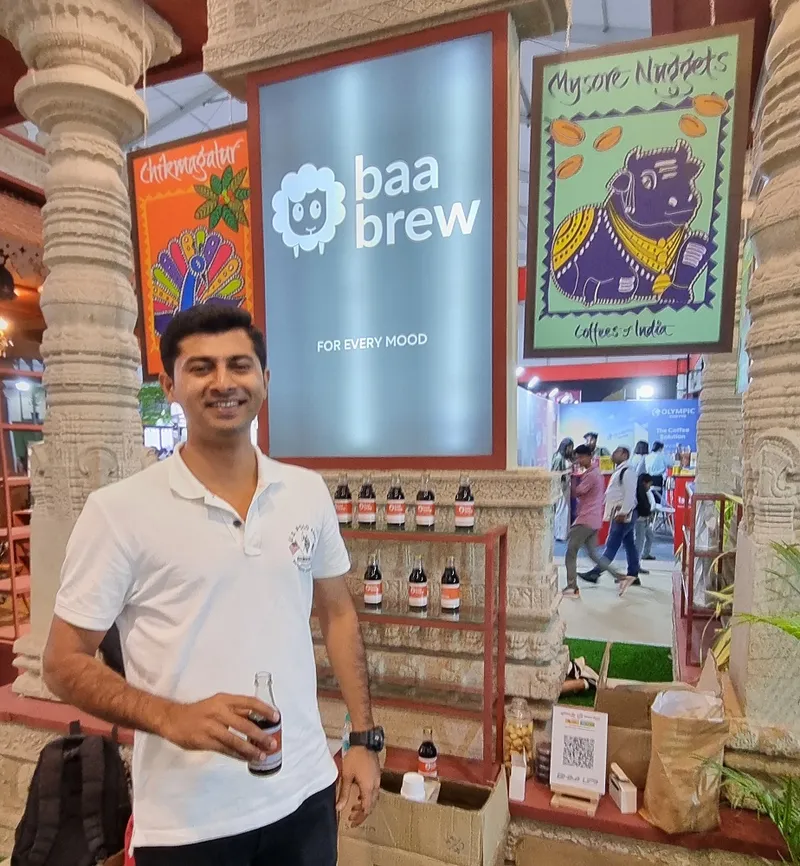


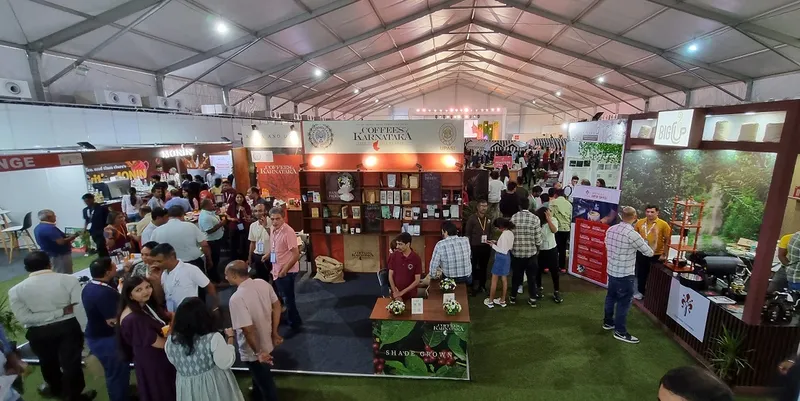
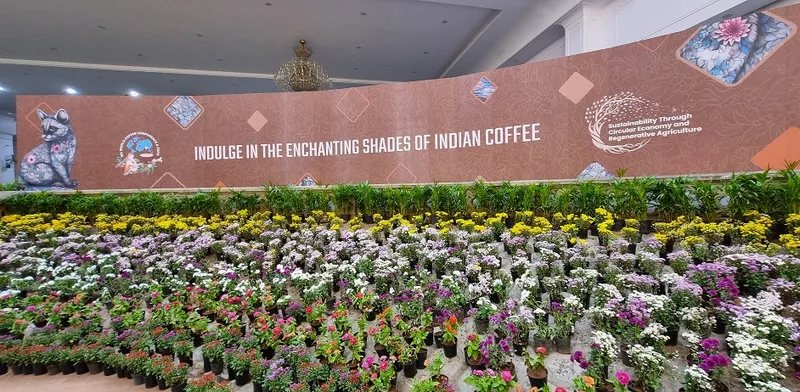
(All photographs taken by Madanmohan Rao on location at WCC2023.)
See also the YourStory pocketbook ‘Proverbs and Quotes for Entrepreneurs: A World of Inspiration for Startups,’ accessible as apps for Apple and Android devices.
Edited by Megha Reddy
source: http://www.yourstory.com / Your Story / Home> Events / by Madanmohan Rao / edited by Megha Reddy / October 15th, 2023
